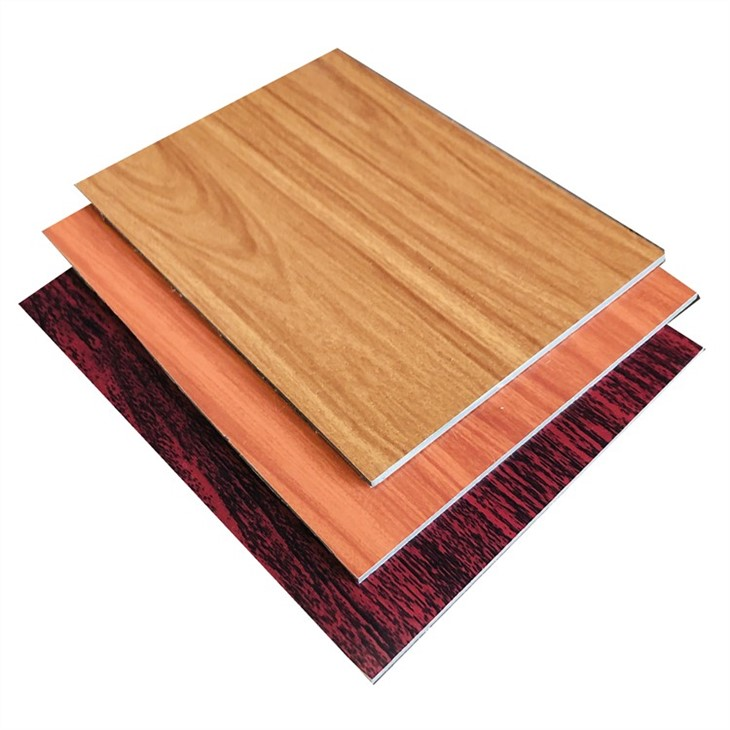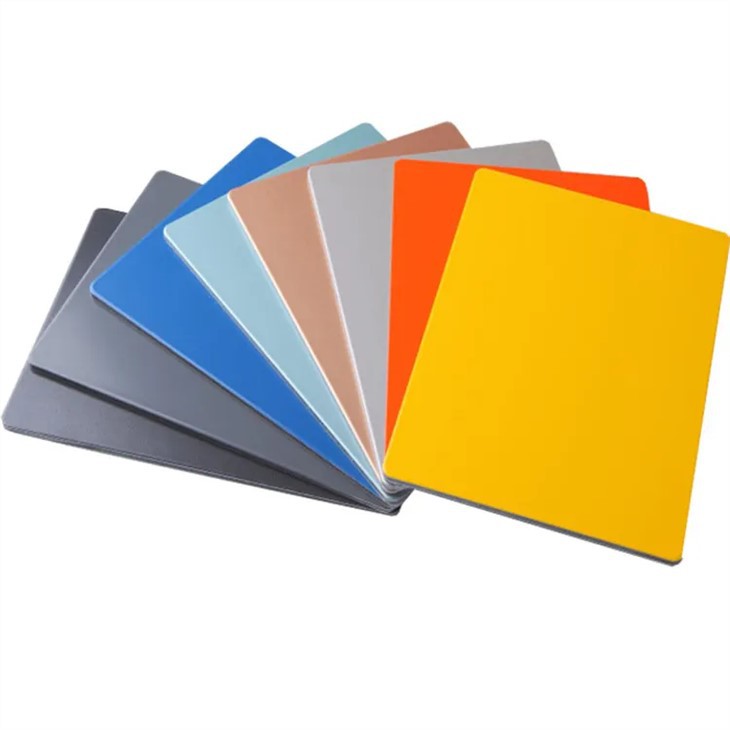As a supplier of ACP wall cladding, I've witnessed firsthand the growing demand for this versatile building material. ACP, or Aluminum Composite Panel, has become a popular choice for architects, contractors, and building owners due to its aesthetic appeal, durability, and cost - effectiveness. One of the key properties that make ACP wall cladding so valuable is its impact resistance. In this blog, we'll explore what impact resistance means for ACP wall cladding, why it's important, and how it affects its performance in various applications.
What is Impact Resistance?
Impact resistance refers to a material's ability to withstand sudden forces or blows without breaking, cracking, or deforming significantly. When it comes to ACP wall cladding, impact resistance is crucial as it protects the panels from damage caused by various factors such as accidental collisions, extreme weather events, and vandalism.
The structure of ACP plays a vital role in its impact - resistant capabilities. Typically, an ACP consists of two thin aluminum sheets bonded to a non - aluminum core, usually made of polyethylene (PE) or a fire - resistant material. The combination of the rigid aluminum outer layers and the flexible core provides a balanced structure that can absorb and distribute impact energy.
Factors Affecting Impact Resistance of ACP Wall Cladding
Aluminum Thickness
The thickness of the aluminum sheets on the ACP surface is a significant factor. Thicker aluminum sheets generally offer better impact resistance. ACPs with thicker outer aluminum layers can better withstand direct blows as they are more rigid and less likely to dent or puncture. For example, an ACP with 0.5mm thick aluminum sheets will have a different impact - resistant performance compared to one with 0.8mm thick sheets. The latter can handle more substantial impacts without significant damage.
Core Material
The core material of the ACP also influences its impact resistance. Polyethylene (PE) cores are known for their flexibility, which allows them to absorb and dissipate impact energy. When an impact occurs, the PE core can deform slightly, reducing the stress transferred to the outer aluminum layers. On the other hand, fire - resistant cores, while offering other benefits such as improved fire safety, may have different impact - absorbing characteristics. Some fire - resistant cores are more rigid, which can affect how the panel responds to impacts.
Bonding Quality
The quality of the bond between the aluminum sheets and the core is crucial. A strong and uniform bond ensures that the entire panel acts as a single unit when subjected to an impact. If the bonding is poor, the aluminum sheets may delaminate from the core during an impact, leading to significant damage to the panel. High - quality ACPs are manufactured using advanced bonding techniques and adhesives to ensure a reliable bond that enhances impact resistance.
Importance of Impact Resistance in Different Applications
Commercial Buildings
In commercial buildings, ACP wall cladding is often used for exterior facades. These facades are exposed to various risks, including accidental impacts from vehicles, construction equipment, or falling objects. Good impact resistance ensures that the cladding maintains its integrity and appearance over time. For example, in a busy urban area, a building's ACP cladding may be at risk of being hit by a delivery truck or a falling sign. A high - impact - resistant ACP can prevent costly repairs and maintain the building's aesthetic appeal. You can find our high - quality ACP products suitable for commercial buildings at Best Selling PolyMetal Sign Panel Sandwich Panel Of Cladding Sheet.
Residential Buildings
In residential settings, ACP wall cladding can be used for exterior decoration or as a protective layer. Impact resistance is important here to protect against everyday impacts, such as children playing near the building or branches falling during a storm. A durable ACP with good impact resistance can provide long - term protection for the home's exterior and reduce the need for frequent replacements. Our Export 3/4mm Wholesale Aluminum Sanwich Materials are ideal for residential applications due to their balanced impact - resistant properties.
Public Infrastructure
For public infrastructure like airports, train stations, and shopping malls, ACP wall cladding is widely used. These areas experience high traffic and a greater risk of vandalism. Impact - resistant ACP can withstand intentional damage and keep the infrastructure looking presentable. It also reduces the maintenance costs associated with repairing or replacing damaged cladding. Our PE Aluminium Composite Panel ACP Sheet Cladding Wall Cladding is a popular choice for public infrastructure projects due to its excellent impact - resistant performance.
Testing Impact Resistance of ACP Wall Cladding
To ensure the quality and impact resistance of ACP wall cladding, various testing methods are employed. One common test is the pendulum impact test. In this test, a pendulum is released to strike the ACP panel at a specified height and angle. The panel's response, such as the extent of damage (dents, cracks, or delamination), is then evaluated. Another test is the drop - weight test, where a weighted object is dropped onto the panel from a certain height. The results of these tests help manufacturers determine the ACP's impact - resistant rating and ensure that it meets industry standards.
Benefits of High - Impact - Resistant ACP Wall Cladding
Long - Term Durability
High - impact - resistant ACP wall cladding can last for many years without significant damage. This reduces the need for frequent replacements, saving both time and money in the long run. It also provides a more sustainable solution as fewer resources are used for replacement and disposal.
Aesthetic Appeal
Maintaining the aesthetic appeal of a building is important. Impact - resistant ACPs are less likely to show signs of damage, such as dents and scratches, which can detract from the building's appearance. This means that the building will look new and well - maintained for a longer period.
Safety
In some cases, impact - resistant ACP can contribute to the safety of a building. For example, in areas prone to natural disasters like hurricanes or tornadoes, ACP wall cladding that can withstand high - velocity impacts from flying debris can protect the building's interior and its occupants.
Conclusion
Impact resistance is a crucial property of ACP wall cladding. It is affected by factors such as aluminum thickness, core material, and bonding quality. The importance of impact resistance varies depending on the application, whether it's a commercial building, a residential home, or public infrastructure. High - impact - resistant ACPs offer long - term durability, maintain aesthetic appeal, and contribute to building safety.
If you're in the market for ACP wall cladding and are interested in learning more about our products' impact - resistant capabilities, we encourage you to contact us for a detailed discussion. Our team of experts can provide you with all the information you need and assist you in making the right choice for your project.


References
- ASTM International. (Year). Standard test methods for impact resistance of flat rigid plastic specimens by means of a falling dart (Tup) method.
- Building and Construction Research Institute. (Year). Research on the performance of ACP wall cladding in different environments.